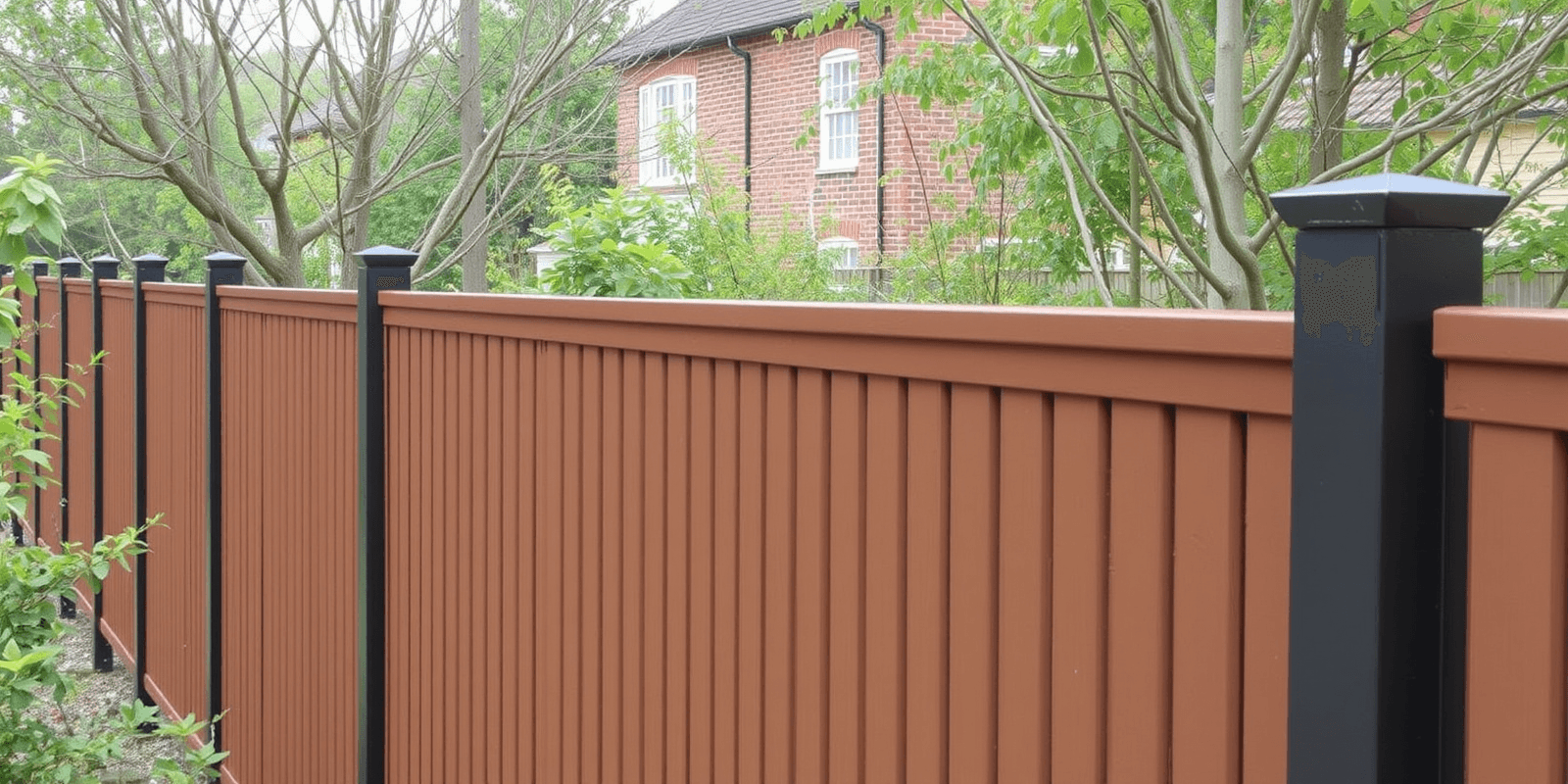WPC Composite Fencing: A Sustainable Choice for Outdoor Spaces
Introduction to WPC Composite Fencing
As the world becomes more conscious about environmental sustainability, homeowners are increasingly looking for ways to make their outdoor spaces both beautiful and eco-friendly. One such solution that has gained significant popularity in recent years is WPC (Wood Plastic Composite) composite fencing. This innovative material combines the best of both worlds – the natural look of wood with the durability and low maintenance of plastic. In this article, we will explore why WPC composite fencing is an excellent choice for eco-conscious homeowners.
Recycled Materials and Sustainability
One of the most compelling reasons to choose WPC composite fencing is its use of recycled materials. Traditional wooden fences require cutting down trees, which can contribute to deforestation and loss of habitat. In contrast, WPC composite fencing is made from a combination of recycled wood fibers and plastic, often sourced from post-consumer waste like milk jugs and detergent bottles. By repurposing these materials, WPC fencing helps reduce landfill waste and conserves natural resources. According to a study by the U.S. Environmental Protection Agency (EPA), recycling one ton of plastic can save up to 7.4 cubic yards of landfill space (EPA, 2021).
Minimal Maintenance Requirements
Another key advantage of WPC composite fencing is its minimal maintenance requirements. Unlike traditional wood fences, which need regular painting or staining to protect against moisture, rot, and insect damage, WPC composite fencing is naturally resistant to these issues. It does not warp, crack, or splinter over time, and it is impervious to mold and mildew. This means less work for homeowners and a longer-lasting fence. Additionally, cleaning WPC composite fencing is as simple as using a garden hose or pressure washer, saving both time and water compared to maintaining a traditional wooden fence (Home Depot, 2023).
Durability and Longevity
WPC composite fencing also offers superior durability and longevity compared to traditional wood fences. While a typical wooden fence may last between 10 to 20 years, depending on factors such as climate and maintenance, WPC composite fencing can endure for 30 years or more with proper care. This extended lifespan reduces the need for frequent replacements, thereby decreasing the overall environmental impact of your fence. Moreover, WPC composite fencing is designed to withstand harsh weather conditions, including extreme temperatures, rain, and even saltwater exposure, making it an ideal choice for coastal areas or regions with high humidity (Family Handyman, 2023).
Eco-Friendly Benefits
In addition to its sustainable manufacturing process and long-lasting nature, WPC composite fencing offers several other eco-friendly benefits. For instance, because it does not require chemical treatments or preservatives, there is no risk of harmful substances leaching into the soil or nearby water sources. Furthermore, the production of WPC composite fencing typically consumes less energy than the production of traditional wood fencing, resulting in lower carbon emissions. As a result, choosing WPC composite fencing can significantly reduce your household’s carbon footprint and contribute to a healthier planet.
Conclusion
When it comes to creating sustainable outdoor spaces, WPC composite fencing stands out as an excellent choice for eco-conscious homeowners. With its use of recycled materials, minimal maintenance requirements, and exceptional durability, WPC composite fencing not only enhances the aesthetic appeal of your property but also supports environmental conservation efforts. By opting for this innovative fencing solution, you can enjoy a beautiful, functional, and eco-friendly outdoor space for years to come.





Reviews
There are no reviews yet.